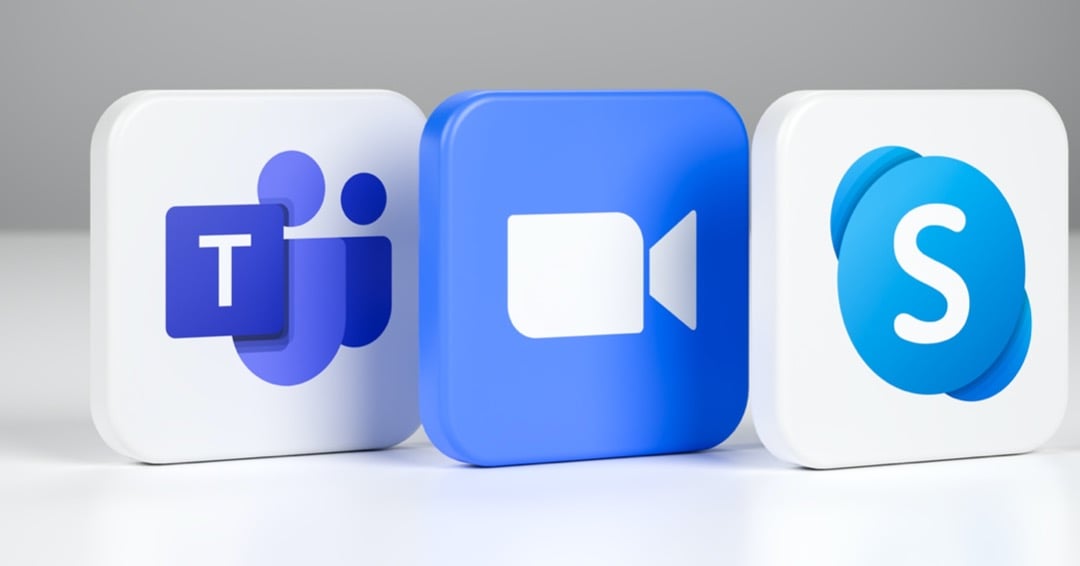
Skype was once the go-to virtual conferencing app for businesses. Today, with the rise of platforms like Zoom and Teams, this seems like ancient history. Part of a nostalgic, LOL texting landscape that has been completely banished in the wake of the pandemic.
Skype, without a doubt, has been superseded by its competitors. Nearing the end of its natural product life, its fading status is more a sign of changing times than anything else. Remote working has fuelled end-user demand for more comprehensive collaboration platforms - platforms that offer more than Skype’s limited messaging and video conferencing system.
Nobody has recognised this development more than Microsoft. Who, despite spending $8.5 billion on Skype back in 2011, and baking the platform into every rendition of windows so far - have made the decision to say goodbye on the 31st July.
In the romantic comedy that is app development, Microsoft has left jilted long-term lover Skype, and chosen to commit fully to Teams.
I don’t need to tell you that the use of Teams has risen exponentially since the pandemic. The number of global daily active users of Microsoft Teams has almost doubled this past year - increasing from 75 million users in April 2020 to 145 million users in April 2021. Everyone from businesses to teachers has flooded onto the app, to use its workspace, direct messaging and video calling facilities.

Considering this, it’s no wonder Windows 11 plans to make Teams its major communication platform, even ending its support of Skype business in the process.
What Microsoft is making here isn’t just a change - it's an evolution. The pandemic has created a culture of hybrid online working where efficient IT is not just preferable but essential. And Teams, while often misrepresented as a simple video conferencing and direct messaging service, is a collaboration platform that truly matches the post-pandemic working world.
This is Teams primary differentiator when compared to other video conferencing tools like Zoom.
Some, have argued that Microsoft's movement from Skype to Teams is premature. Many personal users, especially those less comfortable with tech, may find the idea of moving from a familiar platform a major hassle.
Skype has real-time video translation features like Skype subtitle, which supports a host of languages including traditional Chinese, Russian and German, while Teams is yet to incorporate anything similar.
On the other hand, Microsoft Teams has features Skype doesn't have, including enabling screen sharing and PowerPoint presentations. Teams is an extremely powerful system, with functionality and features most users only scratch the surface of - which is why it arguably has overtaken Skype as a communication platform.
For business owners, it offers a variety of workplace modes and features that can be integrated into your daily processes for a major productivity boost. If utilised properly, Microsoft Teams can improve your customer service, reduce time costs and elevate your businesses organisation.
The words 'utilised properly' are critical here, as to fully reap the benefits of Teams you need to invest in properly configuring the platform to your devices and teaching your staff how to use it.
This is a long term investment that truly pays off. Because businesses who do this with Teams, will not only see their productivity increase, but will also have access to the full functionality of one of the most comprehensive working tools available for users today.
Image Credit: Adobe Stock, Statistica





